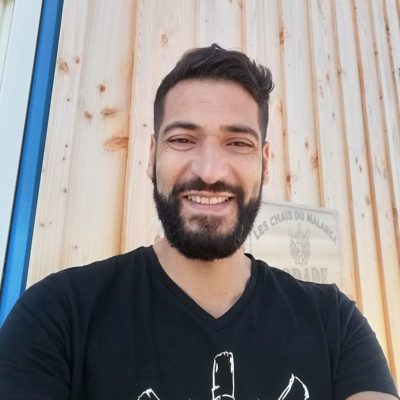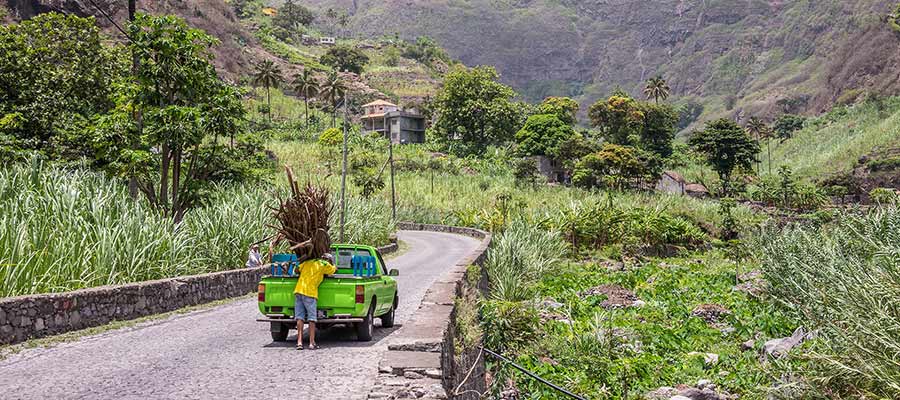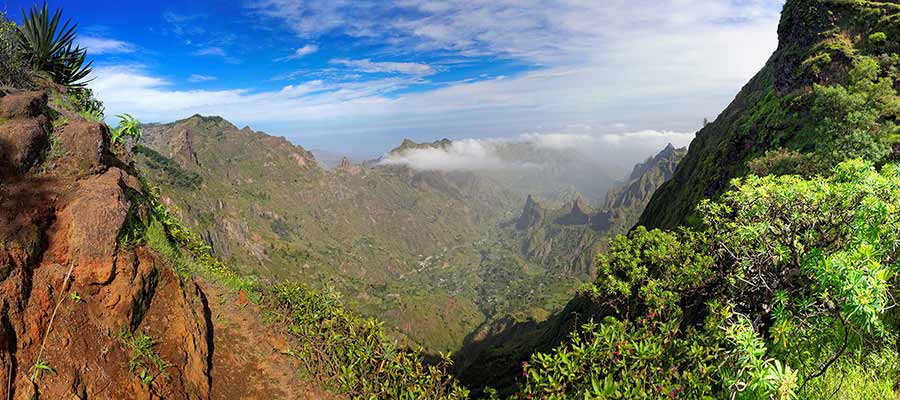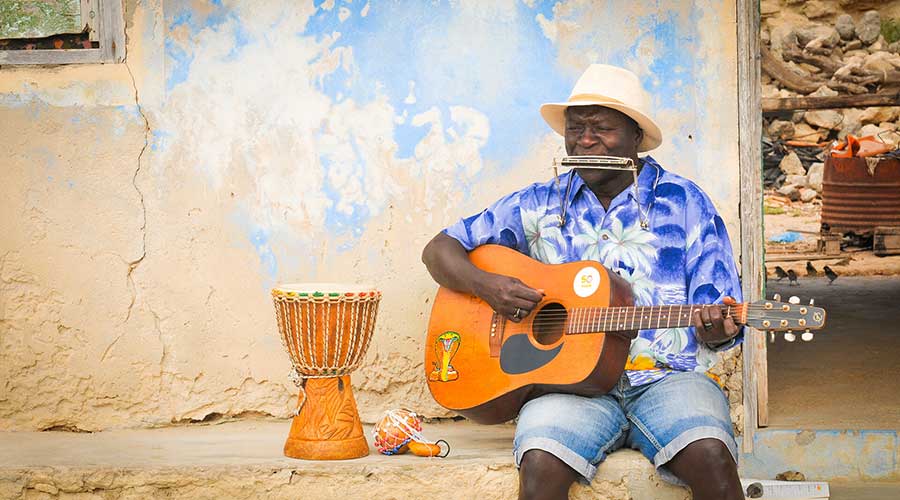Jonathan Chauve, founder of Chais du Malanga and co-creator of Sodade Cape Verdean rums, tells us about an adventure that led him, an agricole rum lover, to discover and fall in love with the grogues. A sudden passion for the nectars certainly, but also for the landscapes, the culture and especially the people.

Fabien Humbert: How did you fall into rum?
Jonathan Chauve:My father’s family is from the West Indies, so I spent a lot of time there. I was introduced to ti-punch by my father and when I went fishing at 6 am with my uncle, there was the tradition of “taking off”. So I have a cultural sensitivity for agricole rum.
FH: Which agricole rum?
JC: Neisson !

FH: How did you discover Cape Verde?
JC: It was in the winter of 2014. I was looking for a sunny destination to cheer me up. I grabbed my backpack and hopped on a plane. I arrived in Mindelo, on the island of São Vincente, then I took the boat to the island of Santo Antão and arrived in the Chã des Pedras Valley. It is one of the granaries of Cape Verde, where they produce fruits, vegetables, sugar cane and therefore grogue.
FH: What was your first contact with grogue?
JC: I was very impressed. It was a bit like tasting agricole rums that were made with ancestral methods. People produce rum as it must have been done a hundred years ago in the West Indies.
I was conquered by the grogue but also by the landscapes and especially the people.I even contemplated leaving. Finally, I preferred to return to France, and I decided to visit at least once a year, if not twice (except during the covid period). A bit like some people do during the grape harvest, I used to go there on vacation to pick up the cane and distill the grogue.
It is hard work because the landscape is very steep and the cane is cultivated on terraces. So everything is done by hand, with human strength. Of course we also partied in the evening… Over time these people, especially João and Manuel, became like my family.

FH: How did you become an importer/distributor of grogue?
JC:Manuel and João and I wanted to sell their grogues in France, to make these exceptional products known. The problem was that they seemed a little too raw for the French palate. So I sold my house to finance a training course in Charente distillation in Segonzac, in order to acquire a technical base. In fact, we brought the techniques of Charentaise distillation, the cutting of heads and seconds for example, to the traditional Cape Verdean techniques. The idea is to make the best of what exists, not to turn everything upside down.
FH: What do Cape Verdean stills look like?
JC:We have iron stills, but raw. That is, they are made of stone and stainless steel!
FH: So you went back there to put your new knowledge into practice?
JC: Well no because then covid came along. So I created a set of specifications and my friends there followed my recommendations

FH: How is the relationship with your producers from a distance?
JC: More than my producers, they are my moral associates, my partners. We have a friendly and almost family bond. In concrete terms, I have an exclusive export contract. But this implies that I do things for them, notably by buying their products at a good price. On average, 9.3% of the price, including VAT, of my grogues goes back to the associated producer.
The idea is that they can use this money to develop the quality of the products and also the tourism, which was one of their main activities, but unfortunately was damaged by covid. My long-term goal is that when people taste one of my products blind, they will recognize that it is neither an agricole rum nor a cachaça, but a grogue.
FH: Precisely, what are the profiles of your grogues?
JC: First of all, even if it is grogue, I sell it as Cape Verdean rum. It is easier because people do not necessarily know the grogue. And then it meets all the legal or sanitary requirements of rum according to European regulations. Having said that, my products are really between Brazilian cachaça and West Indian rums.
I sent it to experienced tasters such as Jerry Gitany and they were struck by the floral character of the white cane and the greediness of the red cane. But it is also very accessible. For example, my red cane rum is very full and bold, it almost seems as if sugar has been added when it has not.

FH: How is the typicity of Cape Verdean rums born?
JC: This is explained by the production process. We only work with endemic (therefore not very productive) Cape Verdean cane varieties, a red cane and a white cane. The cane is pressed and no water is added.
Fermentation lasts between 12 and 15 days (compared to 48 to 120 hours in the West Indies), which allows the development of very special aromas. The distillation is done in Cape Verdean stills. And the rum comes out at 40-45% of the stills. There is no reduction, it is the crude of stills in fact.
FH: Tell us about your range.
JC: For my first products and with the idea of making people discover these nuggets of Cape Verde, I opted for white rums, one made from white cane (Sr. Manuel) and the other made from red cane (Cana Rocca). I also have Sang Dragon. It is Cape Verdean rum to which we add the sap of the dragon tree, a tree that is also found in the Canary Islands, Madeira or Asia… Its sap has the texture and color of blood.
I also have a grogue liqueur from Cape Verde (Isalia), with 30% sugar cane syrup caramelized in a stone cauldron, which is called battery syrup in the Antilles, and a 70% ABV rum. It is very interesting in mixology, I propose it in kir, or as a Picon bière. To finish, I made a spicy blend with my white cane rum, my liqueur and spices. And in the future we will probably work on aging.

FH: Are your rums organic?
JC: They are not certified, so we can’t say they are organic. But Cape Verde is an island that has never known chemicals in agriculture, so we can say that they are without pesticides. Then I am very careful to source all my packaging and goodies in fair trade. And the bottles are made of recycled glass.
FH: Where can we find your rums?
JC: Via my website www.sodade-rhumcapvert.fr in Gironde and in the Cognac region. And the names and addresses of the wine merchants who sell my products can be consulted in the “Taste me” section.
FH: Finally, what is the meaning of Sodade ?
JC: It is the word that describes a nostalgic state of mind, a moment when we remember the good times. It is the word that my friends used to repeat to me when I left after 15 days among them..
